Glimpo
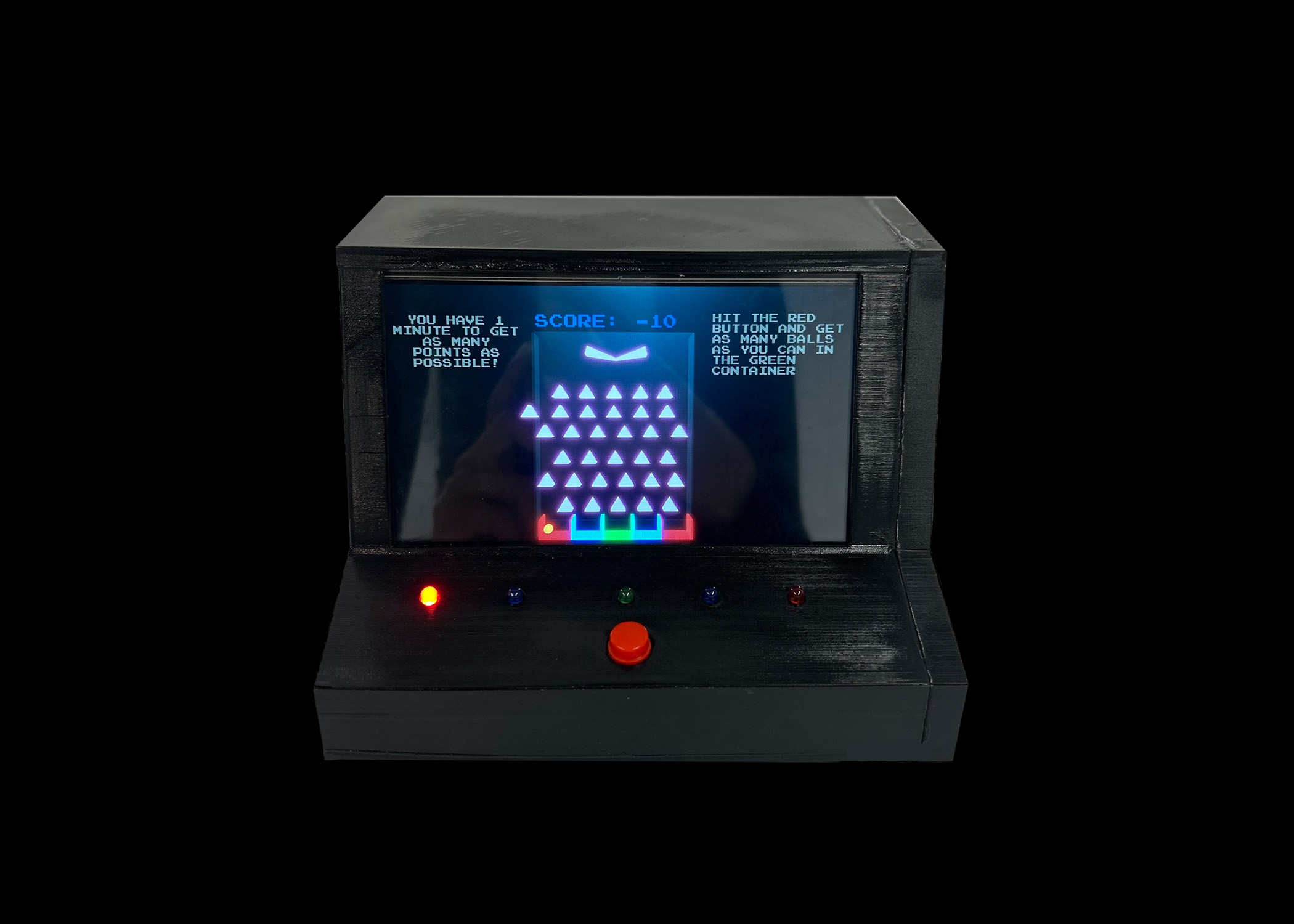
Project Overview
Glimpo reimagines the classic Plinko game as a vibrant, arcade-style digital experience, combining Unity physics, Arduino-controlled LEDs to create an immersive, interactive game that blends virtual and physical elements. Using neon visuals, score tracking, and tactile feedback, the redesign offers a more accessible, portable, and engaging version of the original wooden game.
The Challenge
Design a modern reinterpretation of the classic Plinko game that balances digital and physical interaction. The goal was to create an immersive experience using Unity physics, tactile feedback, and Arduino-controlled LEDs, making the game more portable, accessible, and visually engaging than the original wooden version.
Process & Development
The project began with exploring the mechanics of Plinko and identifying opportunities to enhance user engagement through digital technology. I developed a Unity-based prototype incorporating realistic physics simulations and tested various ways to integrate physical feedback using Arduino. The visual style evolved through experimentation with neon-inspired graphics and LED lighting. Through iterative user testing and refinements, I optimized the gameplay for responsiveness and immersion..
Project Gallery
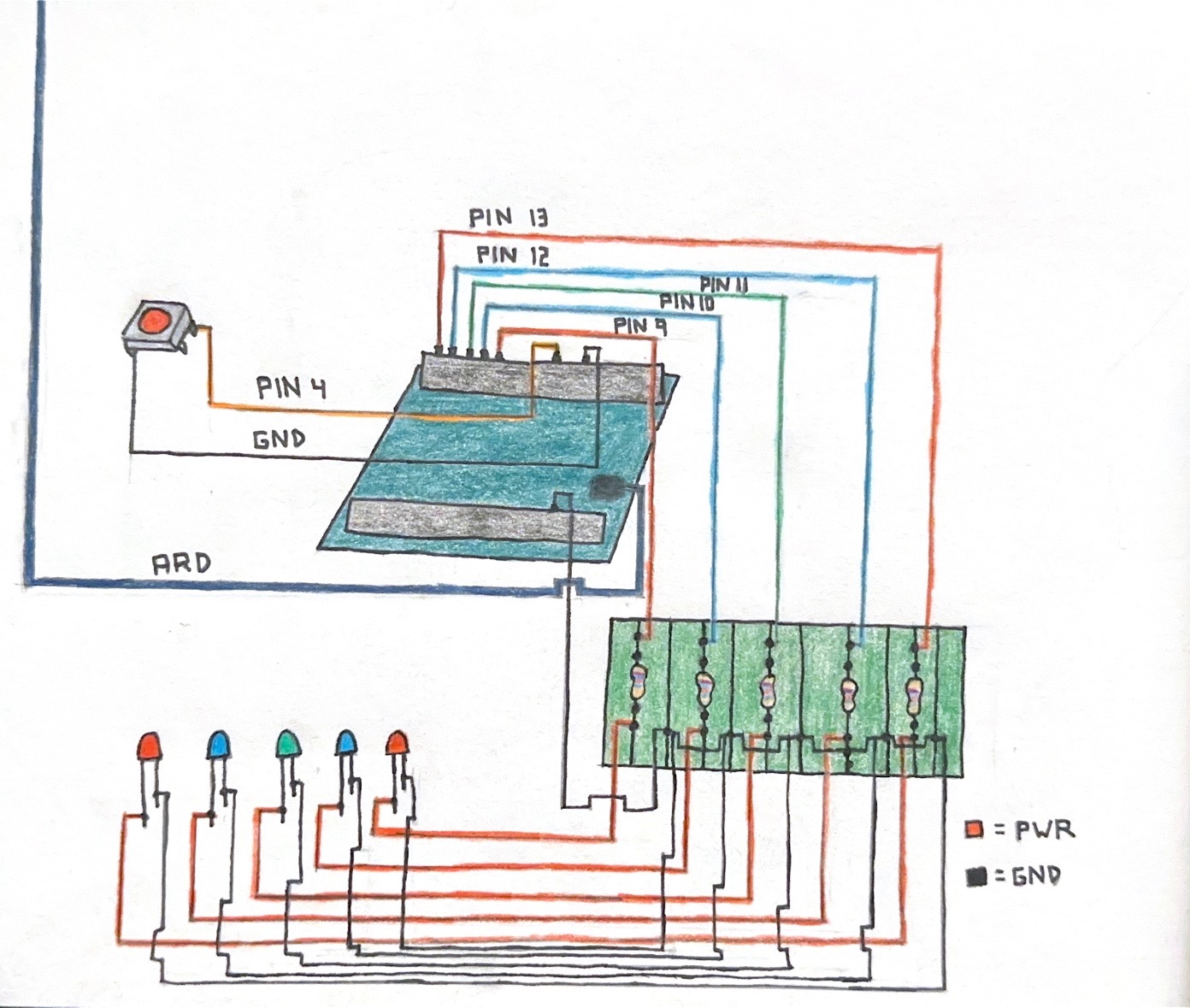
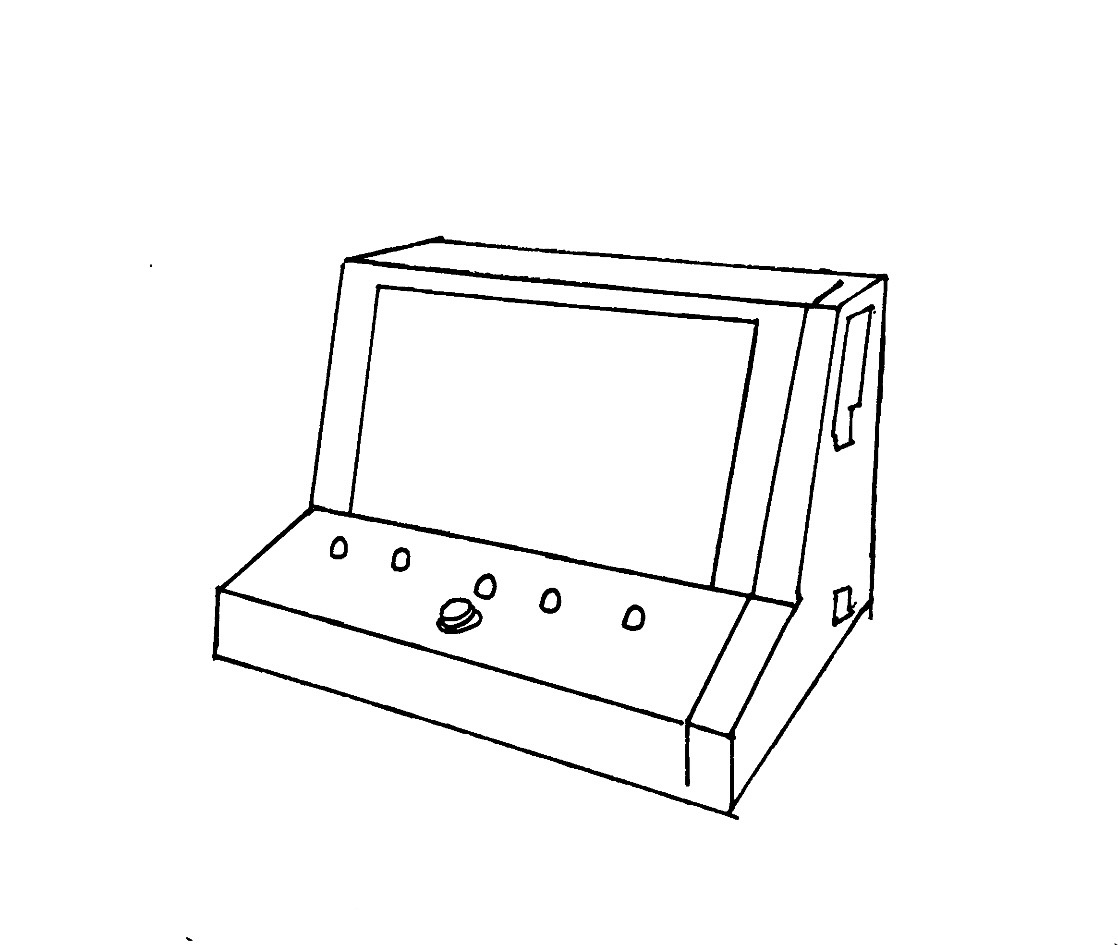
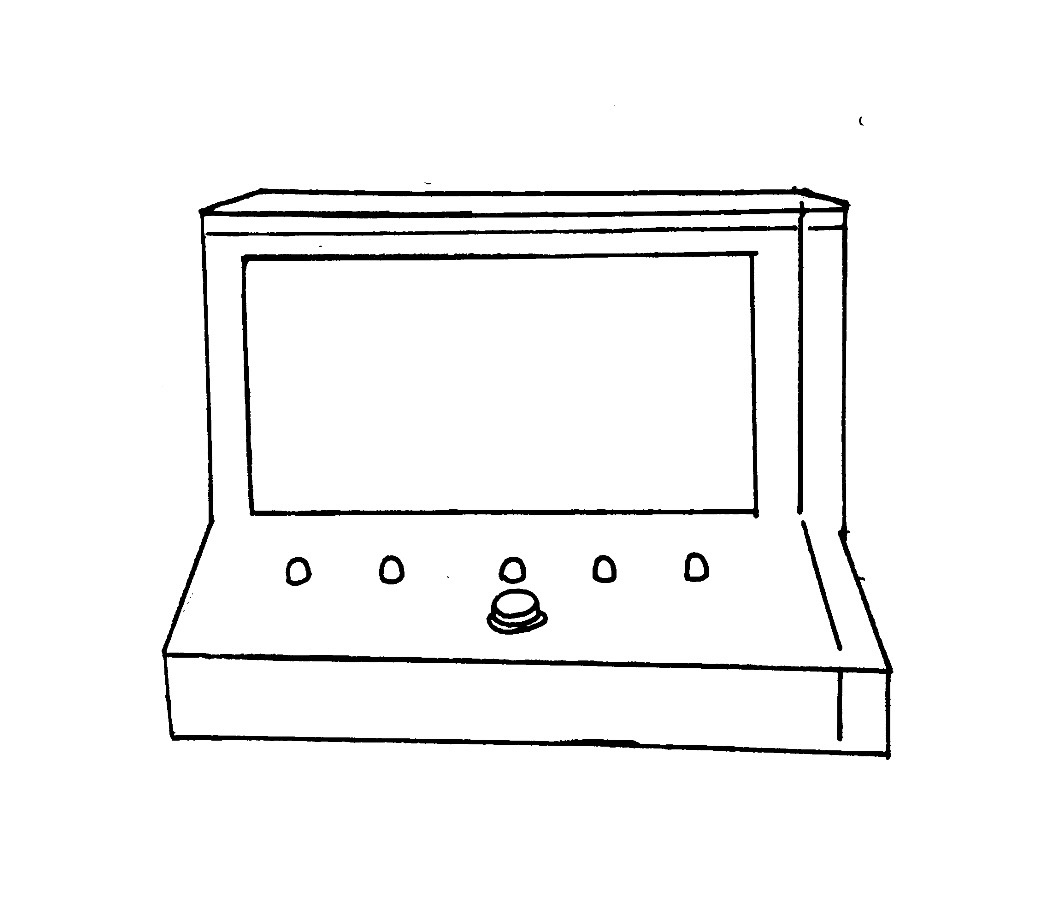
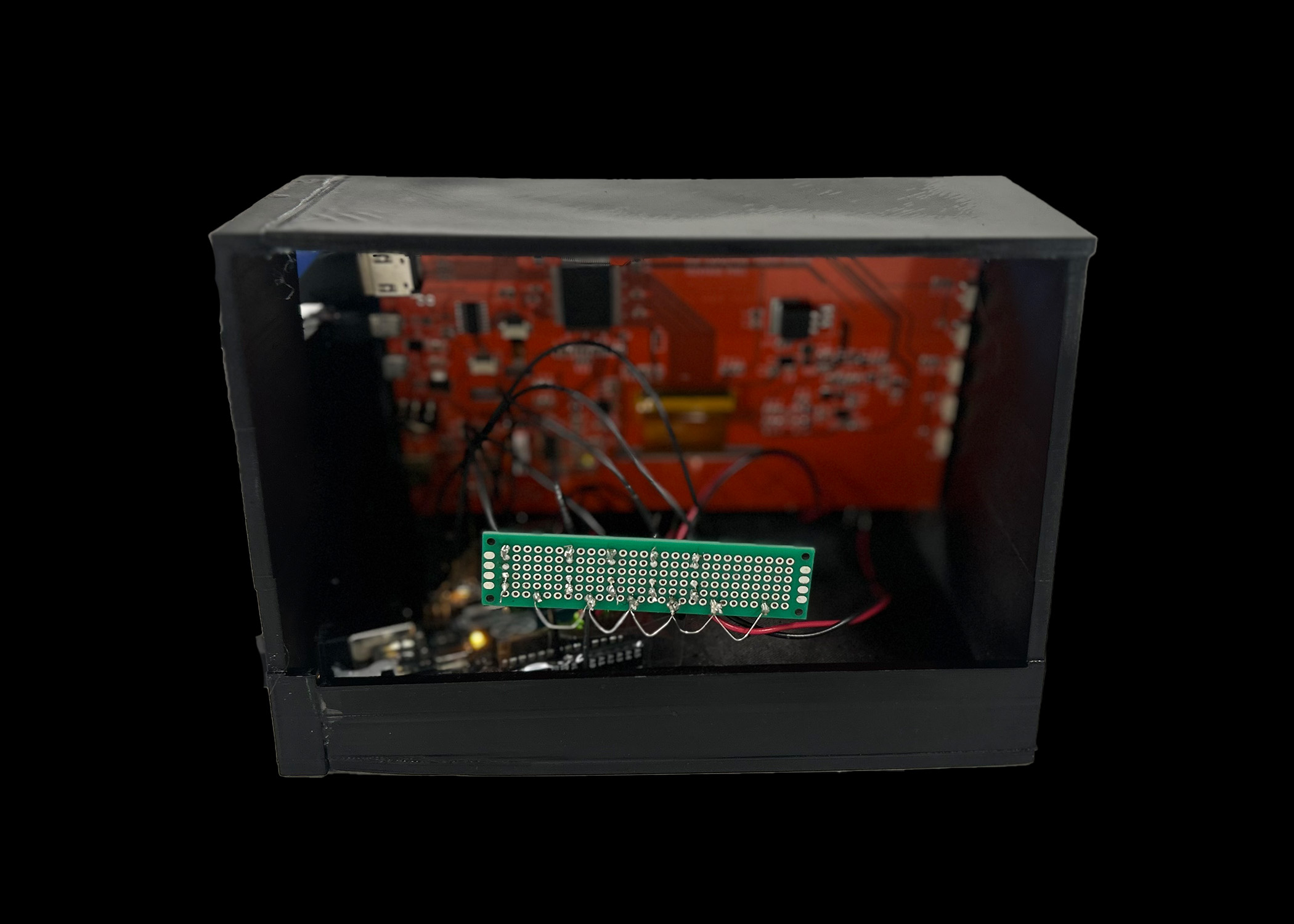
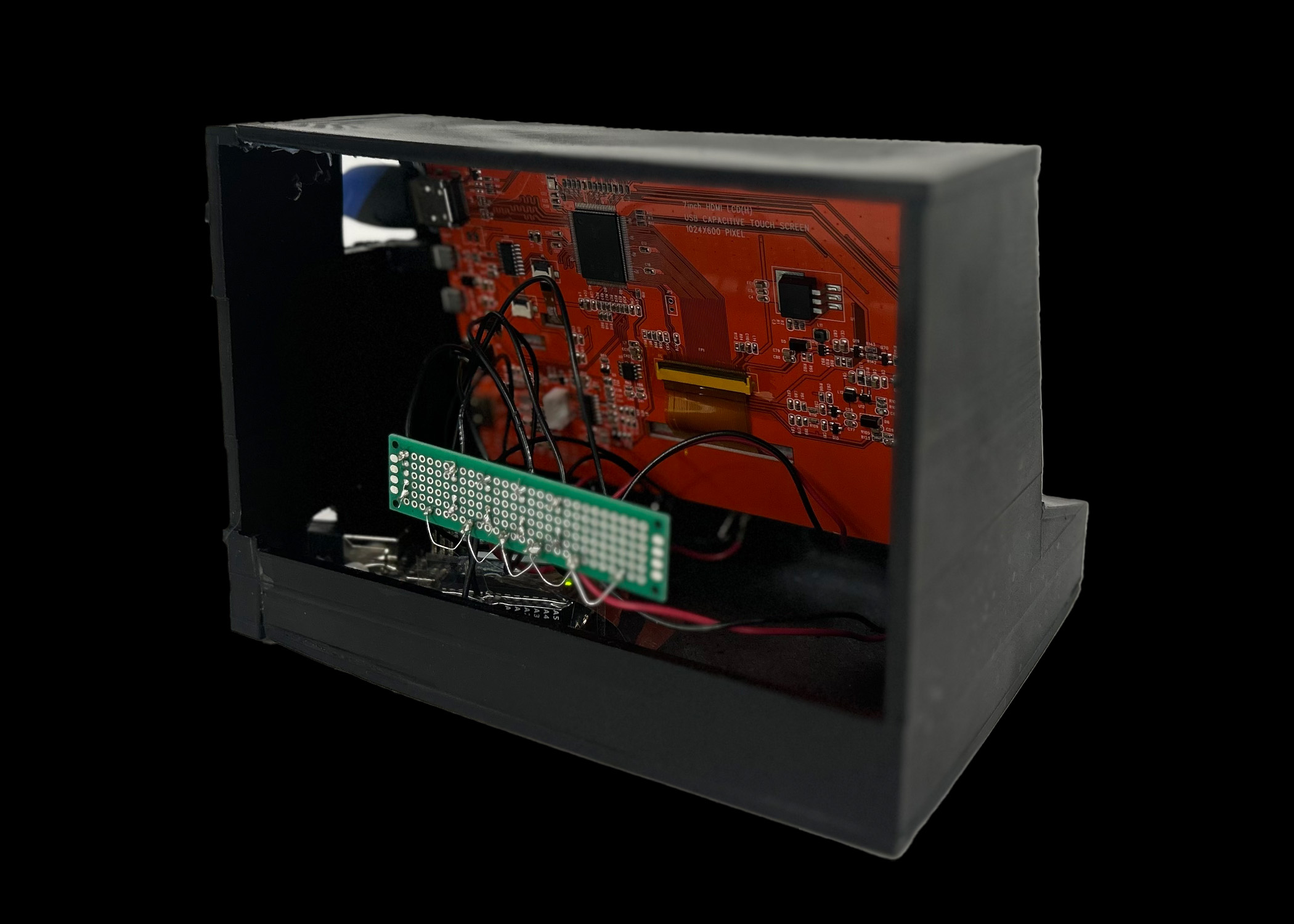

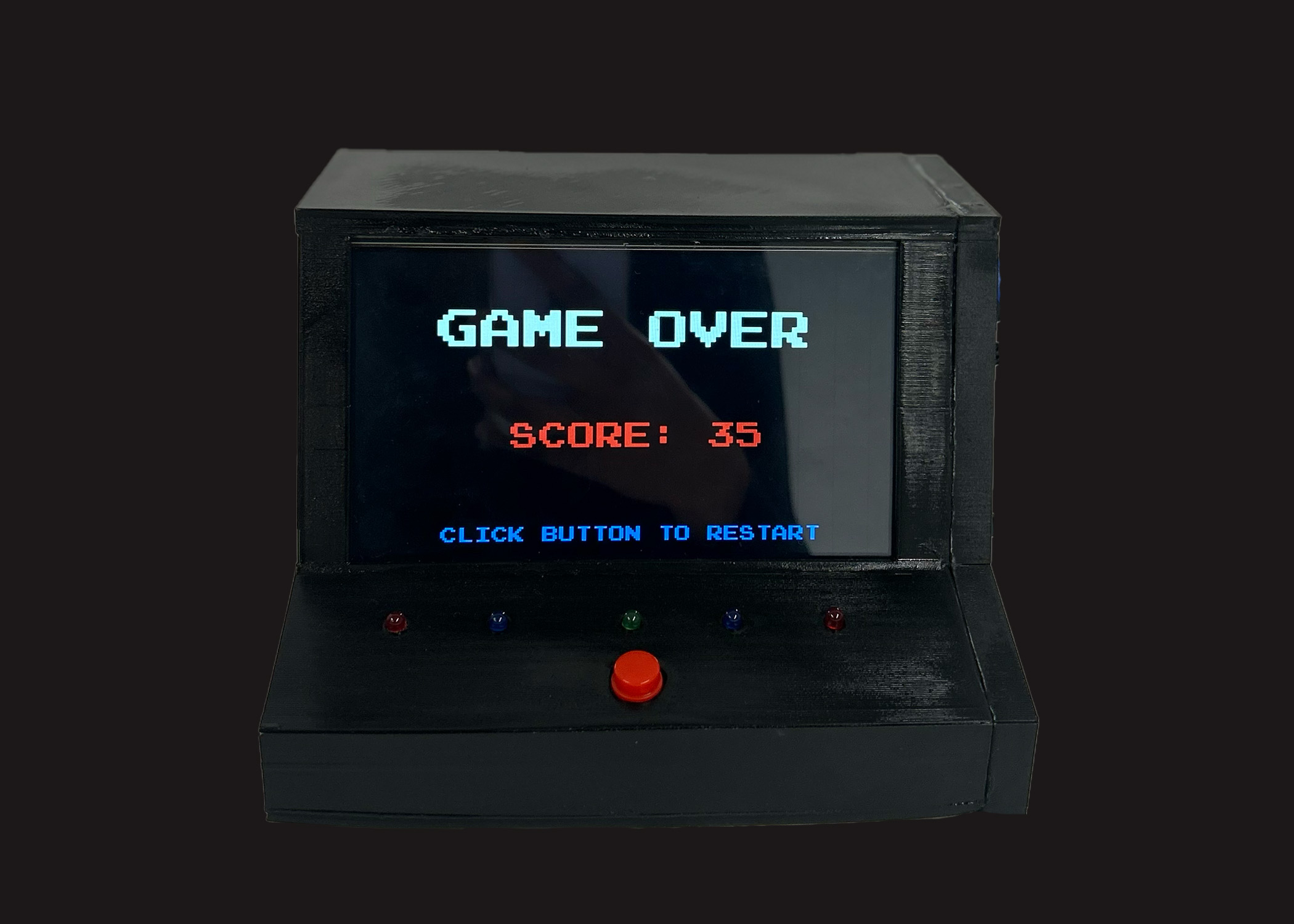
Animation Demo
Outcome & Reflection
The final version of Glimpo successfully delivered an engaging and immersive reinterpretation of the Plinko game, blending digital simulations with physical interactivity. User feedback highlighted the game's vibrant visual style, intuitive gameplay, and the novelty of combining tactile and LED feedback with digital physics. The project was showcased in a public interactive media exhibit, where it drew attention for its retro-modern aesthetic and hands-on engagement.
Technologies Used
- Unity
- Arduino
- C#